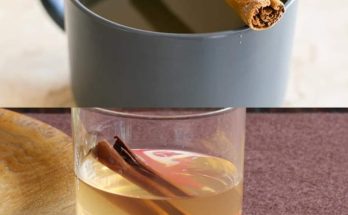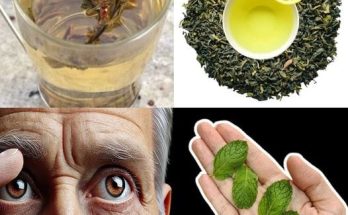How to Spot Plastic Rice: A Guide for Your Safety
Concerns over the availability of plastic rice on the market have grown in recent years. Even if most of these rumours are unfounded, it makes sense that they have worried customers. Knowing how to differentiate authentic rice from potentially contaminated items is essential for ensuring the safety and quality of your meals, particularly during these uncertain times. This is a short guide explaining how to identify plastic rice.
Comprehending Plastic Rice: It is said that plastic rice is composed of artificial materials that mimic the look of actual rice. It is purportedly produced in violation of food safety laws in order to make money. Being aware of how to test rice at home is a proactive step in protecting your health, even though confirmed occurrences are uncommon.
Identifying Plastic Rice:
- 1. The Examination of Water:
Pour a glass of water with a tablespoon of your rice and stir. Since plastic grains have a lower density than real rice, they are more likely to float. Real rice grains will sink to the bottom. - 2. The Fire Test: Using a pair of tongs, hold a few grains of rice over a flame. Real rice will burn and char, giving off a toasted aroma. Plastic rice, on the other hand, will melt and can smell like plastic.
- 3. The Mortar and Pestle Test: Use a mortar and pestle to smash a few grains. Genuine rice ought to feel grainy and powder easily. Plastic grains, on the other hand, might have a more elastic texture and break down more slowly.
- 4. The Boil Test: Watch the water while you boil a tiny quantity of rice. Impurities may be indicated if a thick coating of strange residue is observed. Though some starch will float to the top, real rice shouldn’t leave much of a residue in its wake.
- 5. The Mold Test: After cooking some rice, let it for two or three days in a warm location. It will mould if it’s genuine rice. However, plastic rice won’t grow mould because it is inorganic.
Reasons for Its Significance:
It goes without saying that eating plastic has major health concerns. Verifying the authenticity of rice ensures that you’re ingesting grains that are good for you nutritionally in addition to safeguarding your health.
Buying Advice:
It’s best to purchase rice from reliable sources, including local markets or respected grocery stores, to reduce dangers. Well-known companies that follow food safety regulations are less likely to offer tainted goods.
Conclusion:
Understanding how to verify the authenticity of your rice can bring you peace of mind, even though the notion of ubiquitous plastic rice may be more myth than fact. Make sure your rice is safe to consume by using these easy tests. You’ve made wise decisions for your health, so enjoy your meals without worrying.



